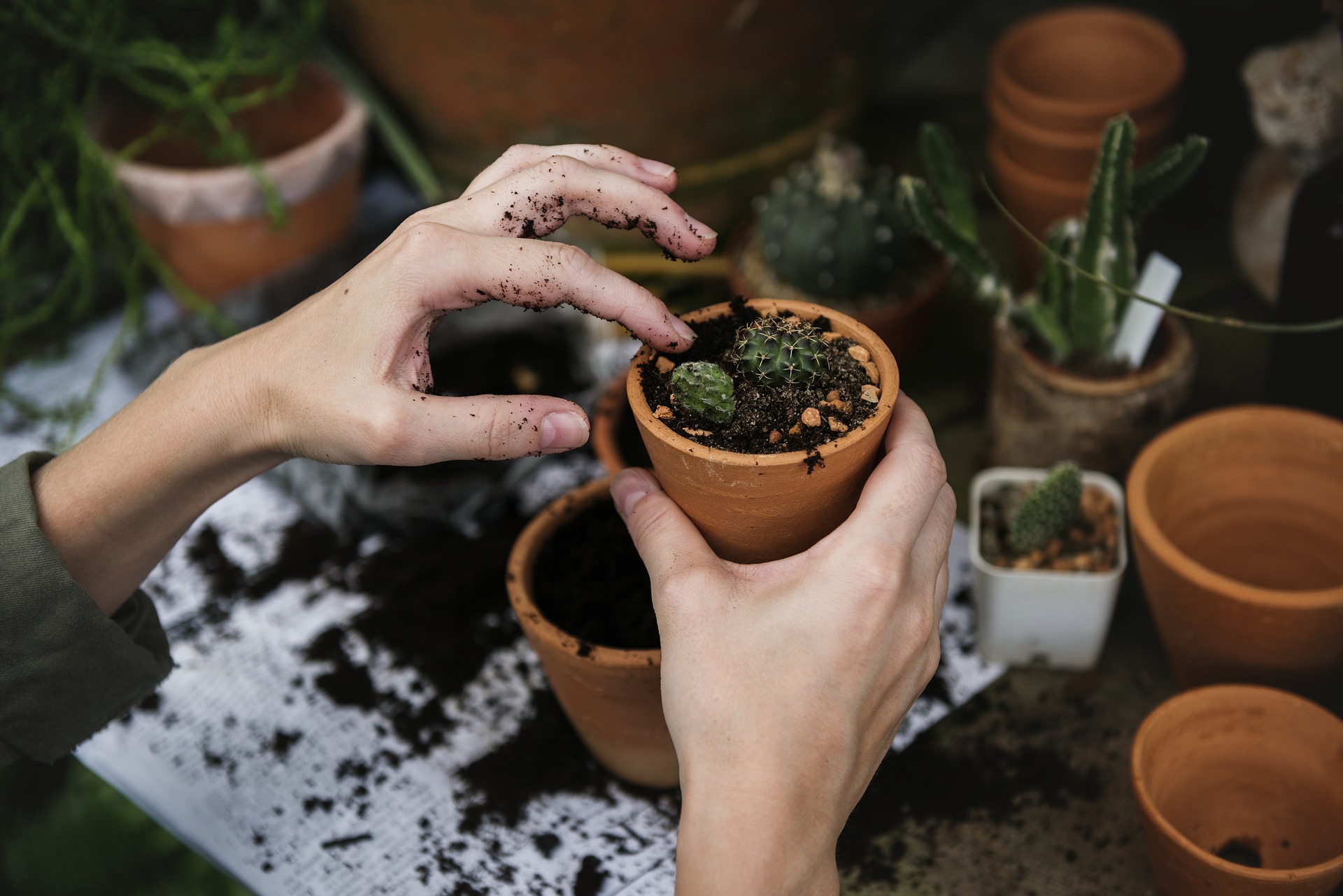
| Cookie | Duration | Description |
|---|---|---|
| cookielawinfo-checkbox-analytics | 11 months | This cookie is set by GDPR Cookie Consent plugin. The cookie is used to store the user consent for the cookies in the category "Analytics". |
| cookielawinfo-checkbox-functional | 11 months | The cookie is set by GDPR cookie consent to record the user consent for the cookies in the category "Functional". |
| cookielawinfo-checkbox-necessary | 11 months | This cookie is set by GDPR Cookie Consent plugin. The cookies is used to store the user consent for the cookies in the category "Necessary". |
| cookielawinfo-checkbox-others | 11 months | This cookie is set by GDPR Cookie Consent plugin. The cookie is used to store the user consent for the cookies in the category "Other. |
| cookielawinfo-checkbox-performance | 11 months | This cookie is set by GDPR Cookie Consent plugin. The cookie is used to store the user consent for the cookies in the category "Performance". |
| viewed_cookie_policy | 11 months | The cookie is set by the GDPR Cookie Consent plugin and is used to store whether or not user has consented to the use of cookies. It does not store any personal data. |

Gardening Tips from the Allotment Group
Having a garden in full bloom with beautiful plants and flowers is something we all would love, however for many it can seem like a whole lot of effort. Knowing which plants to grow, what soil is best and when to sow seeds can be confusing, putting people off.
To help those who’d like to get more green fingered this summer, we spoke to the Cairnhill Allotment Group in Chapelton to provide some gardening tips to help get your garden in shape this summer.
Consider Your Source of Sunlight
For any plants to flourish, sunlight is essential and should be considered before you think about planting anything.
First of all, think about your garden and how much sunlight it gets. Look at the direction the sun comes from and what parts of your garden get sunlight at what times.
Once you have thought about this, you can then choose the right types of plants to put in the right spots in your garden, depending on how much sunlight they need.
Research which plants enjoy shade, partial shade or full sun and then position accordingly.
Check Soil Type
If you want to get the most out of your garden, it’s a good idea to check the soil type as different types of soil provide different nutrients and minerals.
There are six different types of soil- clay, sandy, silty, peaty, chalky and loamy. Each is made up of different minerals and organic matter and will have different effects on your plants. It’s important to know the type of soil you are working with so you can make the right choices when it comes to plants.
To test your soil, have a look and feel of it in your hands and compare it to the six different types of soil. Once you know the type of soil that you have you can then research the best types of plants to grow in this kind of soil.
Plan plants for the whole year round
To give structure to your flower beds, choose a few shrubs and space them out around your garden leaving space for them to grow. Opting for some evergreens will give your garden a year round structure, meaning that when certain plants are no longer in season, your garden won’t be sparse.
Look out for bargains
When heading out to buy plants and shrubs why not rescue some from the sale section of the garden centres. They will grow if given care and attention and will save you a penny or two.
Research when to sow and plant
Finally, by looking online and in gardening books, you can find out the best times to sow your seeds and plant your bulbs. However, it is recommended to add a month on to this time for gardens in Scotland.
Related Articles